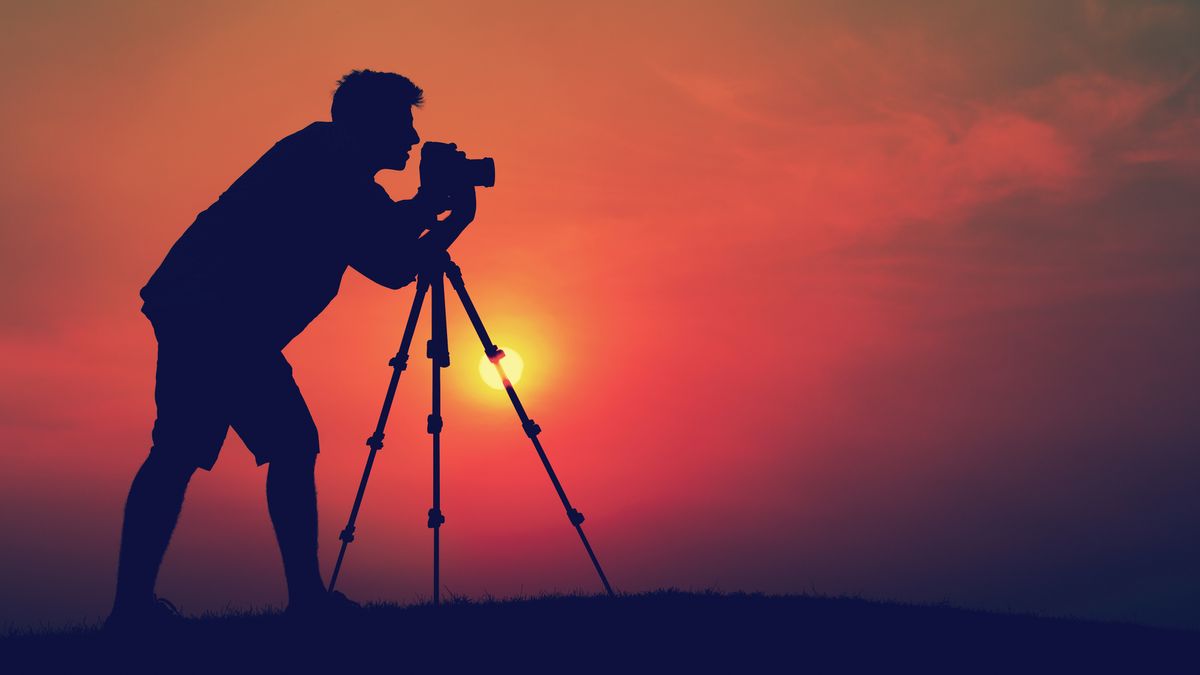Candid Insights
Exploring the latest trends and stories that shape our world.
Snap, Crackle, Click: Photography Tips That Don't Suck
Unlock stunning shots with Snap, Crackle, Click! Discover photography tips that elevate your skills without the fluff. Click to transform your photos!
Mastering the Art of Natural Light: Tips for Stunning Outdoor Photography
Capturing the beauty of outdoor photography often hinges on mastering the art of natural light. Typically, the best time for shooting outdoors is during the golden hour—shortly after sunrise or before sunset—when the sun casts a warm, soft glow. This natural lighting adds depth and richness to your images, highlighting colors and textures that might otherwise go unnoticed. To make the most of these golden moments, consider positioning your subject to take advantage of the angle and direction of light. Use the environment to create interesting backlighting or silhouettes, and don't hesitate to experiment with different compositions to find what works best for your shot.
Another vital tip for stunning outdoor photography is to understand how to use shadows to your advantage. Shadows can create dramatic effects and add dimension to your photographs. When shooting in bright sunlight, look for shaded areas or open spots that provide interesting contrasts without overwhelming your subject. Additionally, consider using reflectors or diffusers to manipulate the light and soften harsh shadows. Remember, the key to mastering outdoor photography lies in practice; experiment with various settings, times of day, and weather conditions to fully understand how natural light influences your work.

5 Common Photography Myths Debunked: What Every Photographer Should Know
When it comes to photography, there are countless myths that can lead even the most enthusiastic beginners astray. One common misconception is that higher megapixels always equal better image quality. While megapixel count can contribute to the resolution of an image, factors like lens quality, lighting, and compositional skills play a far more significant role in determining the overall quality of a photograph. It's essential for aspiring photographers to understand that a well-composed image captured with a lower megapixel camera can often outshine a poorly executed shot from a more advanced device.
Another prevalent myth is that professional photography requires expensive gear. While having high-quality equipment can enhance your capabilities, it is not the sole determinant of success in this field. Many renowned photographers have created stunning images using relatively simple tools. What truly matters is mastering the fundamentals such as lighting, composition, and post-processing. Embracing creativity and resourcefulness can yield impressive results, regardless of the gear at your disposal.
How to Capture Emotion in Your Photos: Techniques for Storytelling Through Images
Capturing emotion in your photos is essential for storytelling, as it allows your audience to connect with the subject on a deeper level. To achieve this, consider using natural light and contextual backgrounds to enhance the mood of your image. For instance, photographing a subject in golden hour light can evoke warmth and tenderness, while a rainy backdrop might convey sorrow or nostalgia. Additionally, experimenting with angles and perspectives can lead to compelling imagery; shooting from a lower angle, for example, adds a sense of grandeur or vulnerability, depending on the subject's expression.
Another powerful technique to evoke emotion is through facial expressions and body language. Capturing a fleeting smile or a moment of contemplation can tell a rich story in a single frame. To enhance the storytelling aspect, consider using an incidental narrative approach; include elements in the scene that hint at a larger story, such as an environmental detail that contextualizes the subject's emotion. Lastly, post-processing can play a critical role in emphasizing emotion; adjusting the contrast, saturation, and clarity can draw attention to the emotion you wish to convey, creating a more impactful visual experience.